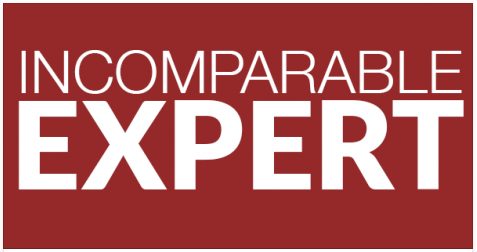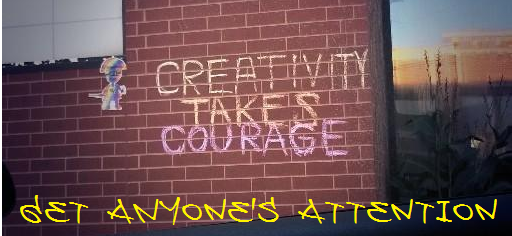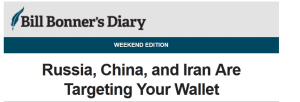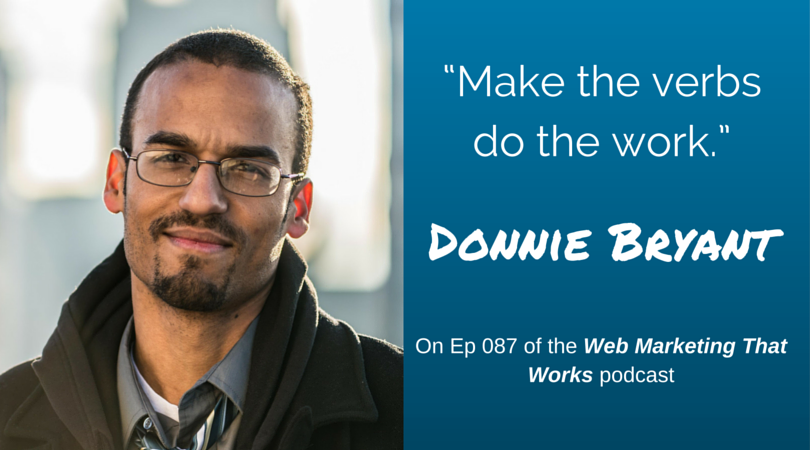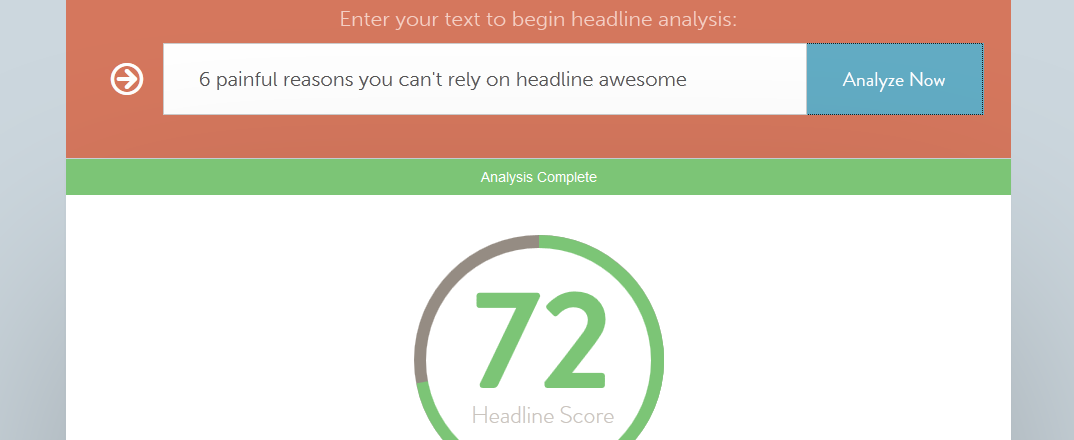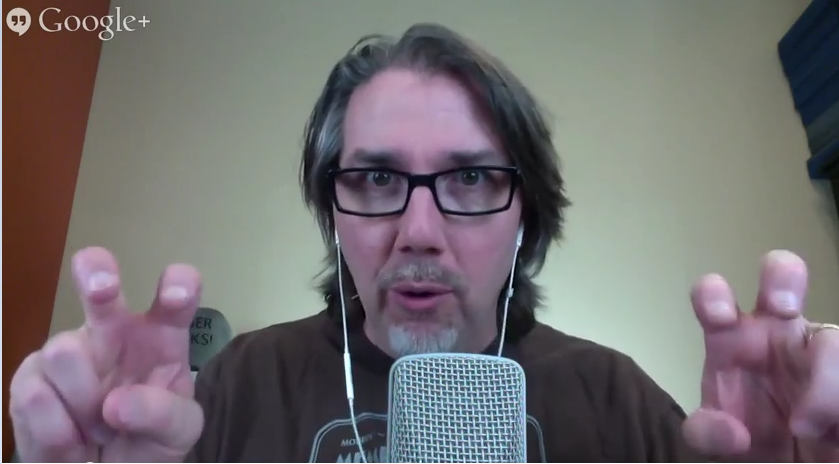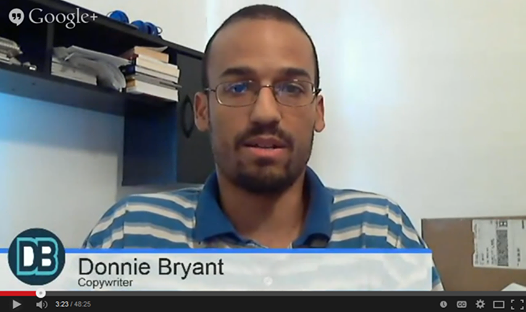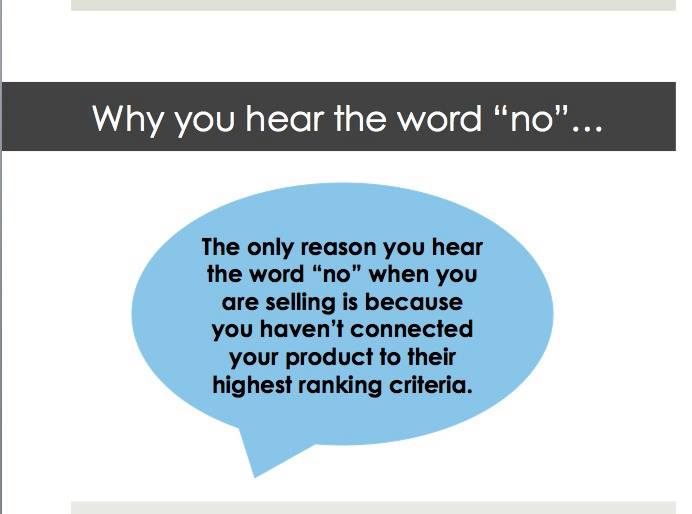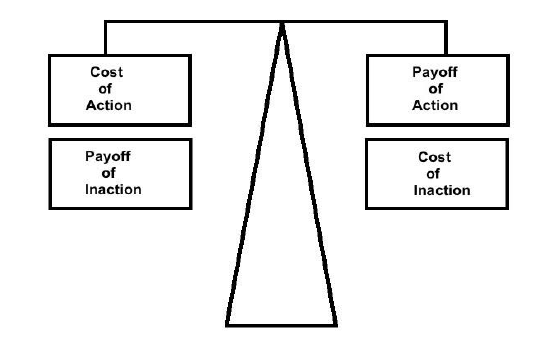If you’ve been hanging out with me for a while, you may recall the story I told about the four-day power outage I endured during the summer. Four sweltering days with no power, no air conditioning or fans, no internet.
The more prepared people in town used generators to keep the electricity flowing. My father-in-law was able to reserve one before all the food in his refrigerator spoiled. He needed my help getting it to his house. While we tried to figure out how to make the thing work (which took much longer than it should have for people of our intellectual abilities), I couldn’t help but notice the Danger sticker:

This is the sort of warning I usually ignore (I am a man, after all…), but I couldn’t dismiss this one so easily. The message was too strong.
“Using a generator indoors WILL KILL YOU IN MINUTES…”
Tell me those words don’t hit you right in the gut. I was shocked by their power — and inspired at the same time. The copywriter hired for this project was pretty darn good!
No Good Excuse for Wimpy Sales Messages
A danger sticker like this one covers a lot of ground, and it only takes two sentences. I see four big reasons why those twenty-one words make such a strong impact on the reader.
1) Unambiguous meaning. There is no question what’s being said. No alternative interpretations are possible. Clarity and specificity create vision. If you don’t heed the warning, you know exactly what’s going to happen.
Are your sales and marketing messages THIS clear? Do you address the problems your potential client is facing this plainly? Are the benefits of your product/service laid out this specifically? Are your calls-to-action simple to understand and easy to follow?
2) Tangible results. The label leaves no doubt about what will happen is you don’t pay attention to its warning. Anyone who reads it knows precisely what he’s dealing with.
When promoting your product, do you leave prospects wondering what’s in it for them? Do they have to put the pieces together themselves? Does your message talk about YOU or the buyer? Do you describe the physical components of your product or the specific ways it will change the customer’s life?
Again, clarity and specificity create vision.
3) Forceful language. Some people may call this kind of language hype or sensationalism. But it’s not that at all, is it? It is a matter-of-fact statement of impending danger. The cost of disregarding the warning is high. Using strong language in this manner is the responsible thing to do.
All sales messages should contain a measure of warning. If you truly believe what you’re selling can help your customers, there’s a little bit of danger if they don’t take action. They’re going to miss out on something good…or experience something bad. You are duty-bound to help them see that.
If you solve a big problem, remind your listener/reader how serious the situation is. If it’s more serious than he knows, educate him.
On the other hand, if you have a bold promise that you can deliver on 100%, don’t water down the message. There’s no better way to get ignored and forgotten than to under-promise. (You will probably never get a chance to over-deliver.)
4) Appeal to existing desire and fear. In this case, the desire to stay alive and the fear of death. In the case of the generator, undetectable poison gas is a genuine concern. It is not fear-mongering to warn people of the risk.
What is it that your potential clients desire that you can help them get? What problems that they’re afraid of facing can you help them eliminate? Those should be major components of your message.
Did I Say Duty-Bound?
I said it and I meant it.
If you provide a product or service that improves people’s lives, and if you care about people, doesn’t it make sense to actively persuade them to purchase your product or service? Doesn’t it also make sense that you remove every possible barrier that may keep them from buying from you?
Selling makes sense.
As I said in a recent newsletter, “selling is not putting external pressure on people. It is creating circumstances where targeted prospects feel internal tension caused by the disparity between where they are currently and where they want to be. A strong sales message heightens that tension as the listener feels the desire to take you up on your offer.”
Selling isn’t something you do to people. It’s something you do with people.
You can tell I’m pretty fired up about this topic. I believe that a majority of business owners and service providers, especially those who primarily operate online, need to re-think the way they sell. I also believe that a smart approach to selling will revolutionize their businesses.
For that reason, I’m starting a training program in January to help entrepreneurs, marketers, and salespeople
- discover why your should-be customers turn you down
- overcome their natural resistance and
- sell actively without being obnoxious.
I’ll share more details soon.
Enjoy the last moments of 2014!

